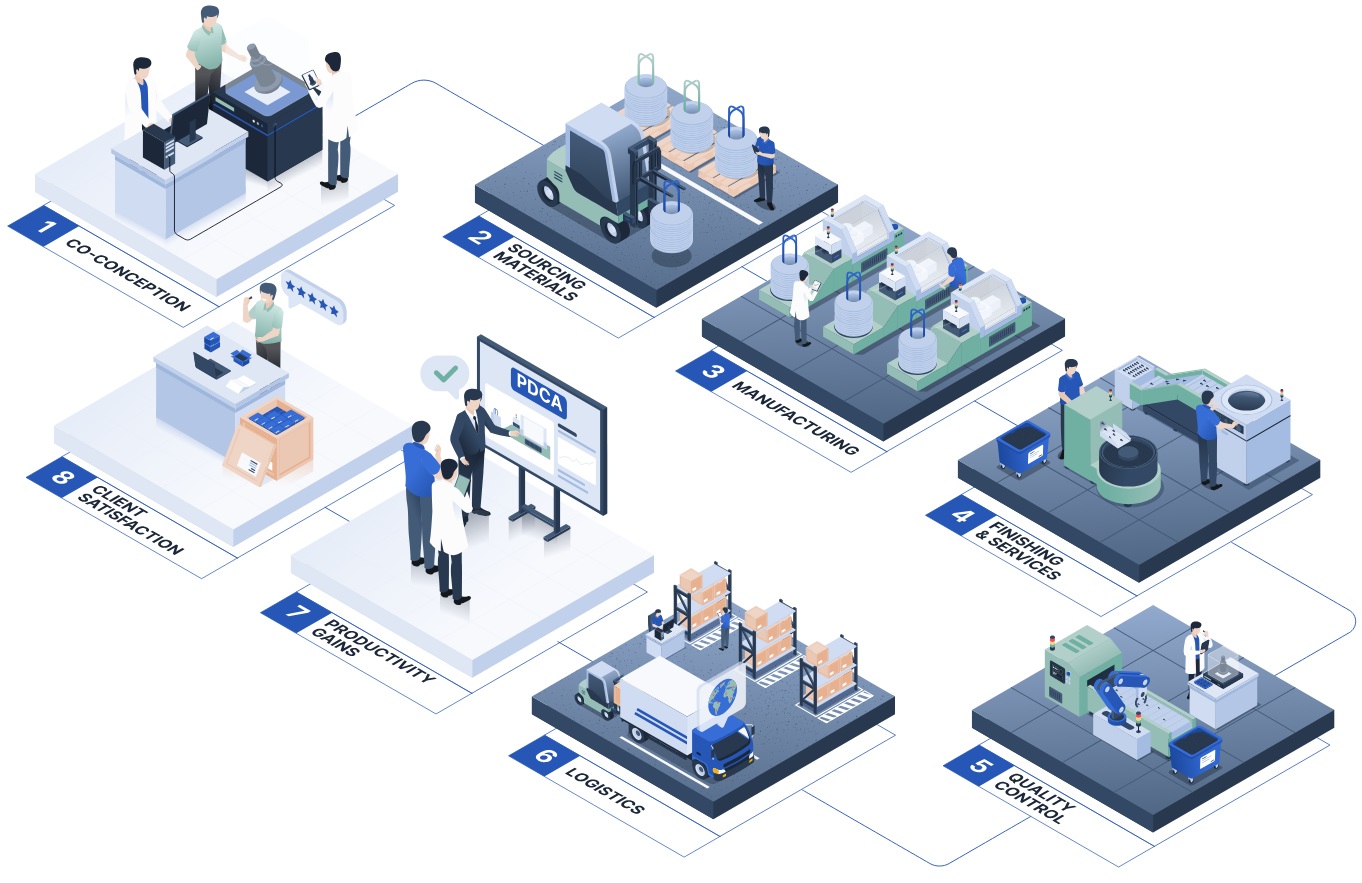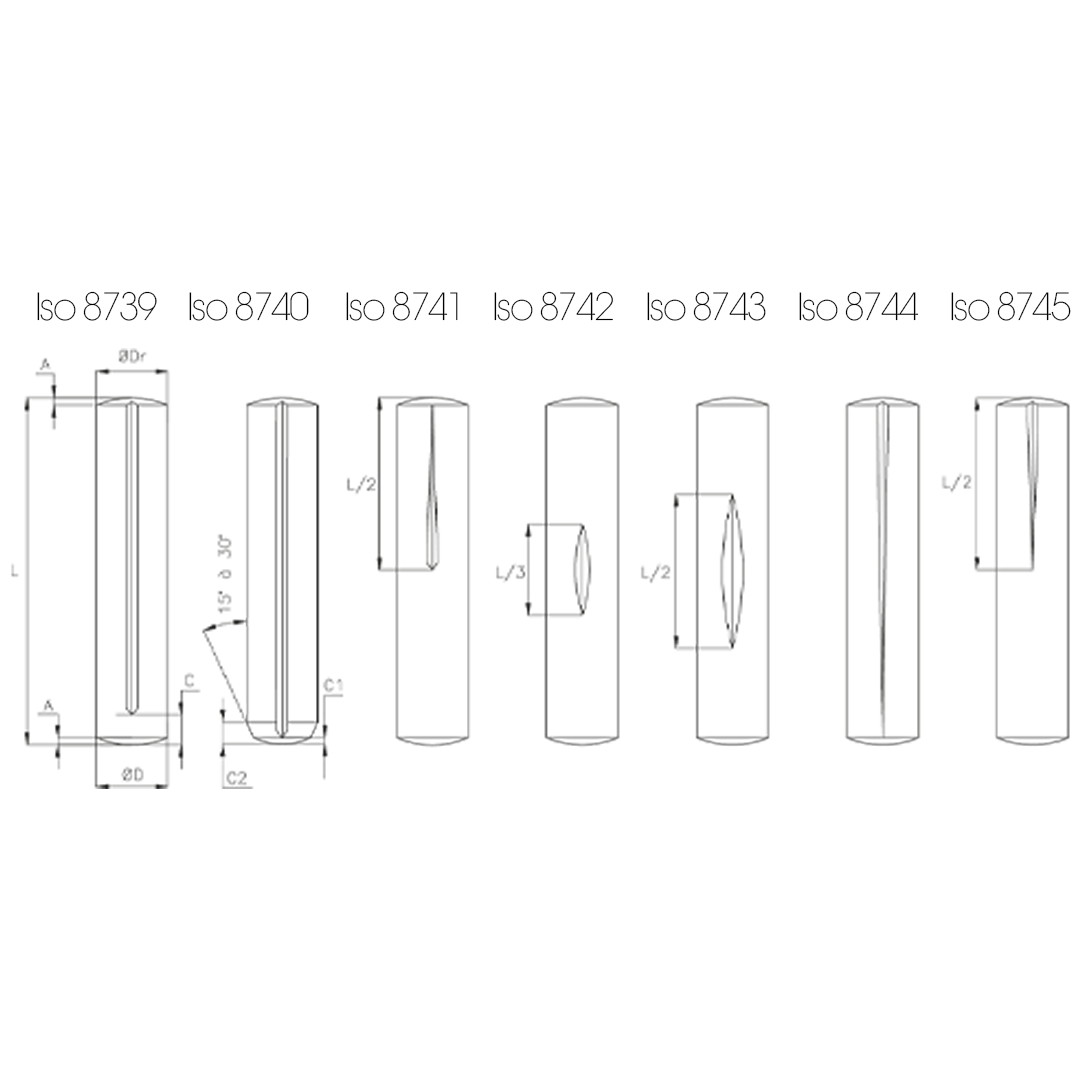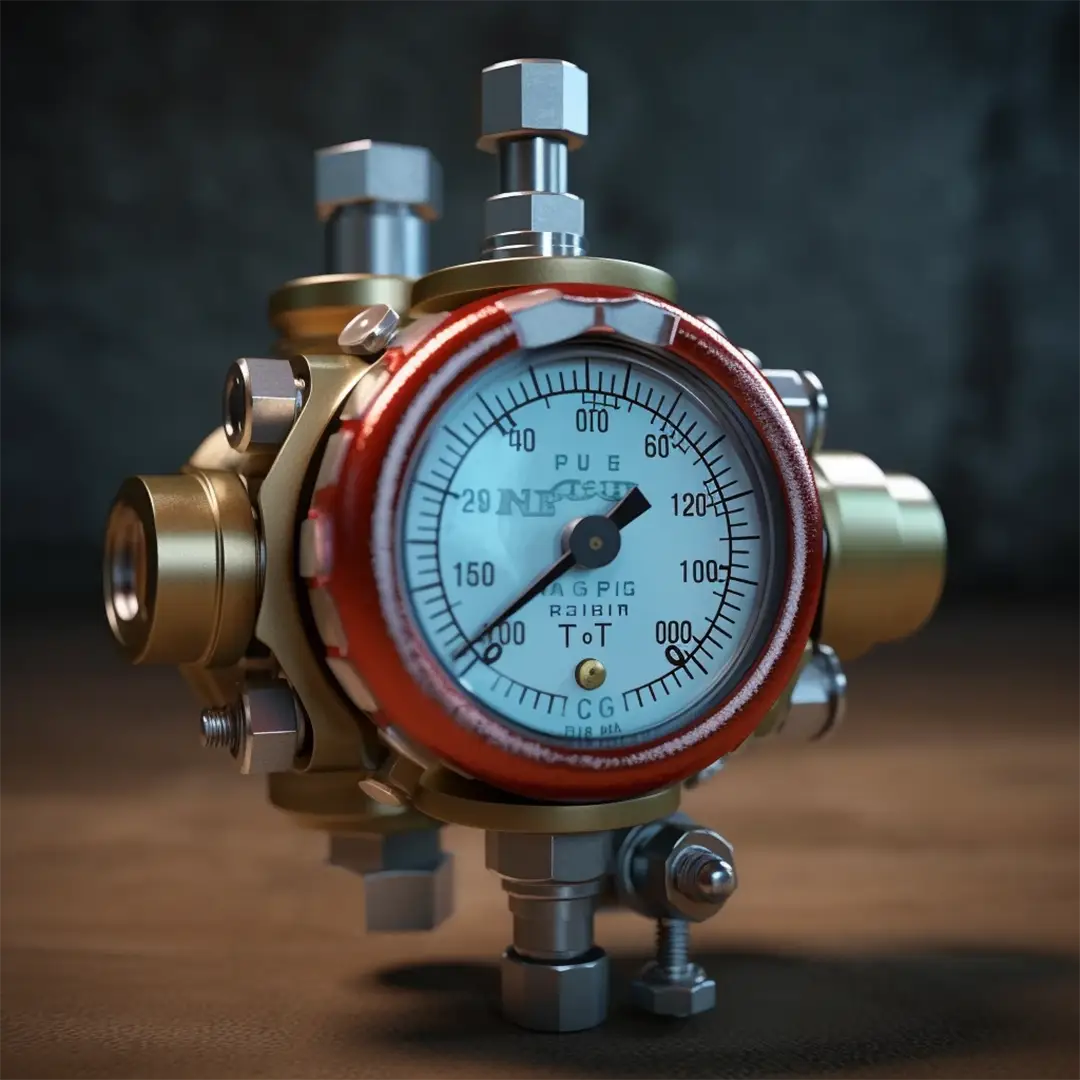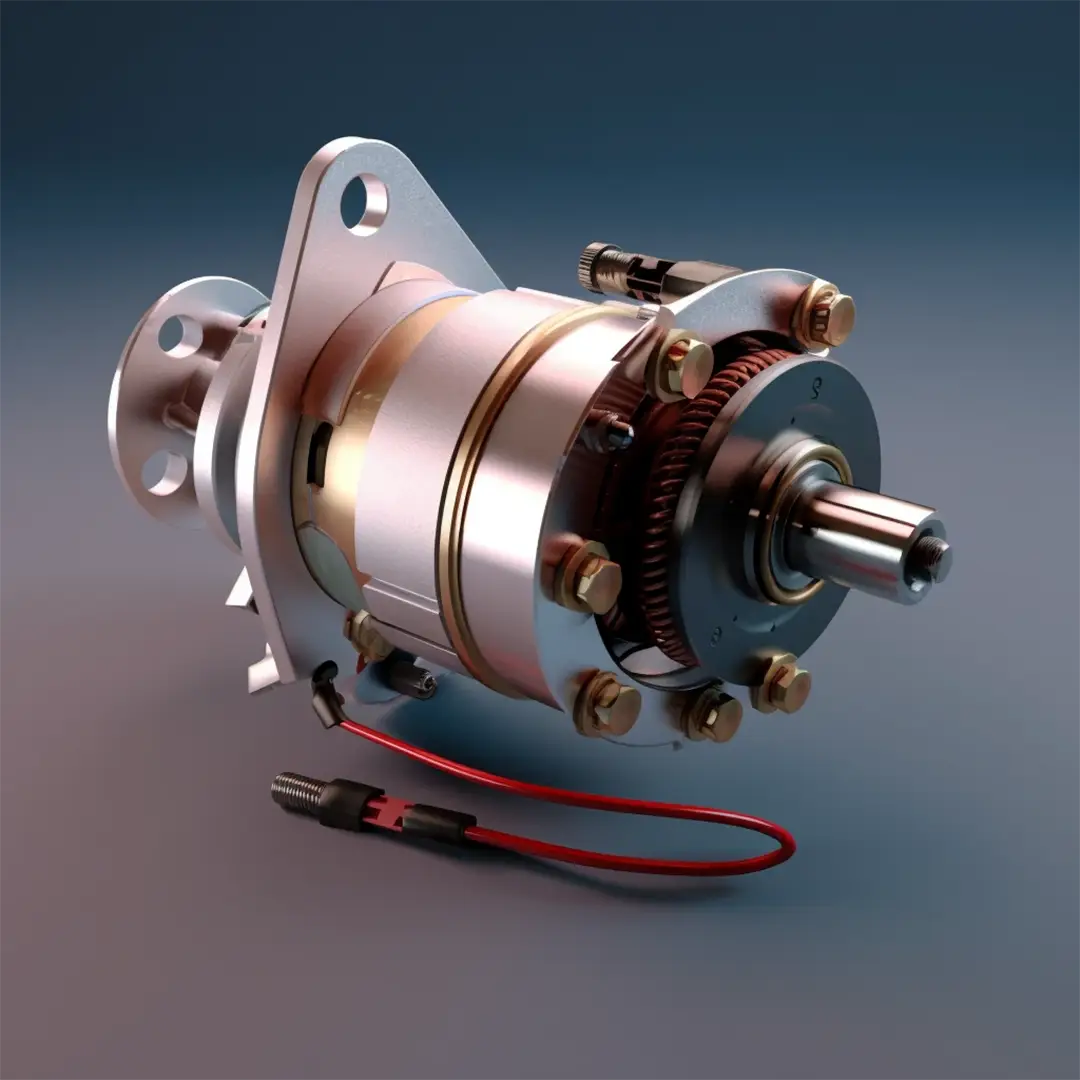2, rue de la Ternière
Avrille Cedex FRANCE
- 150 million grooved pins designed per year
- Co-designer of custom fasteners for 100 years and manufacturer of standard products
- From Ø1.5 to Ø25 and from 8 mm to 100 mm
- Steel (free cutting, stamping, carbon, alloyed...), Stainless Steel (CNF or CND) Aluminum, Brass, etc.
Grooved pin iso 8741 - din 1474 - Cylindrical pin
Grooved pin iso 8741 - din 1474 - Cylindrical pin

- Feasibility control using the FMEA tool, which is used to analyze failure modes, their effects and their criticality.

- Manufacture of initial samples in medium series, and validation of production with PPAP according to the IATF 16949 standard.

- Development of detailed production processes according to the APQP quality process

- Collection and analysis of production data to identify trends and variations. 3PPM in 2023.
The advantages of LGC Industries manufacturing


.png)

.png)


- 24 Multi-spindle lathes
- 45 Spins Escomatic
- 42 Fluting machines
- 8 Plunge and thread grinding machines
Learn more about the technical characteristics of our products
Discover other products
What is a grooved piece?
A grooved part is a mechanical part that is characterized by grooves positioned parallel to its surface, generally aligned lengthwise. It is a spline machine at the end of a mechanical lathe that makes the spline (s).
Grooved pins are widely used in various industrial sectors to ensure the reliability and strength of assemblies.
Grooved parts perform several functions:
- Solidarization: immobilizing one element in relation to another thanks to the mechanical splines and the pressure they exert in the housing.
- Positioning: the grooved pin is used to position mechanical elements at a lower cost because grinding and boring operations are not necessary.
- Security: a grooved part is used as a safety part in an assembly, they prevent parts from detaching from an assembly.
What is a grooved pin?
Also known under the standards ISO 8739, ISO 8740, ISO 8740, ISO 8741, ISO 8741, ISO 8741, ISO 8741, ISO 8741, ISO 8741, ISO 8741, ISO 8741, ISO 8741, ISO 8742, ISO 8742, ISO 8743, ISO 8744 or ISO 8745, the grooved pin is a cylindrical fixing element which has a series of longitudinal splines, causing the pin diameter to swell (bulge).
Most often, we find 3 grooves at 120° but it is possible to make 1, 2 or 6!
The mechanical spline of a grooved pin allows for a tight fit. Since the bulge diameter is greater than the nominal diameter, the strength of the grooved pin in its housing will be much better than a tight fit mounted to the H7/p6 press.
When the splined pin is pressed into the bore (receiving hole), the mechanical splines will partially close under pressure. This will achieve a very tight fit between the pin and the receiving piece.
These characteristics are ideal for applications subject to strong vibrations: automotive, maritime, energy, aeronautics.
This adjustment can easily be compared to fretting.
LGC designs and manufactures custom grooved pins, but also standard pins that are ISO or DIN standard.
How is an iso 8741 - din 1474 grooved pin made?
If you want more information on the detailed process of manufacturing our grooved pins, we invite you to consult our article dedicated to this subject: Everything you need to know about the grooved pin.
Here is a summary of the method used at LGC to manufacture a grooved pin iso 8741 - din 1474 :
First, a specialized machine forms the pin from an iron bar in the desired material (stainless steel, brass, steel, aluminum, etc.):
- The bar is inserted into the machine.
- The machine cuts the bar to the desired dimensions.
- The part is cleaned and oiled to facilitate friction between the part and the machine.
- Depending on the specificities required, chamfers or other characteristics can be added using specialized machines.
- The part can also be subjected to surface treatments if necessary.
From this first stage, come out a smooth axis.
Next comes the grooving work.
The splines are made using a machine specially designed by LGC, called a “grooving machine”. The parts are placed in the splining station manually or by a robot.
In the case of an automated process, the machine takes the part, positions it in the center, then tools deform the pin with great precision to form the splines of the pin.
The iso 8741 din 1474 grooved pin has 1, 2 or 3 progressive splines reversed over half its length.

What are the advantages of the iso 8741 - din 1474 grooved pin?
The benefits of using a grooved pin are numerous, including ease of use, improved grip, increased contact area, and reduced wear on parts:
- Improvement of the contact surface: A spline increases the contact area between parts, improving power transmission and reducing gear wear, with a potential decrease in wear of 80% according to a study by the National Institute of Standards and Technology.
- Improved grip: The grooving reduces the risk of slipping and damage thanks to the bulge diameter.
- Reduced wear and vibration resistance: The splines distribute stress evenly, reducing cracks and breaks. Grooved pins are also more shear resistant than spring pins.
- Ease of use: The installation of a grooved pin requires only a chamfered drilling, without a bore, with elastic tightening located at the location of the splines.
- Elastic tightening: The grooved pins are removable and reusable several times, requiring few tools to install and saving time, money and moderate physical effort.




















